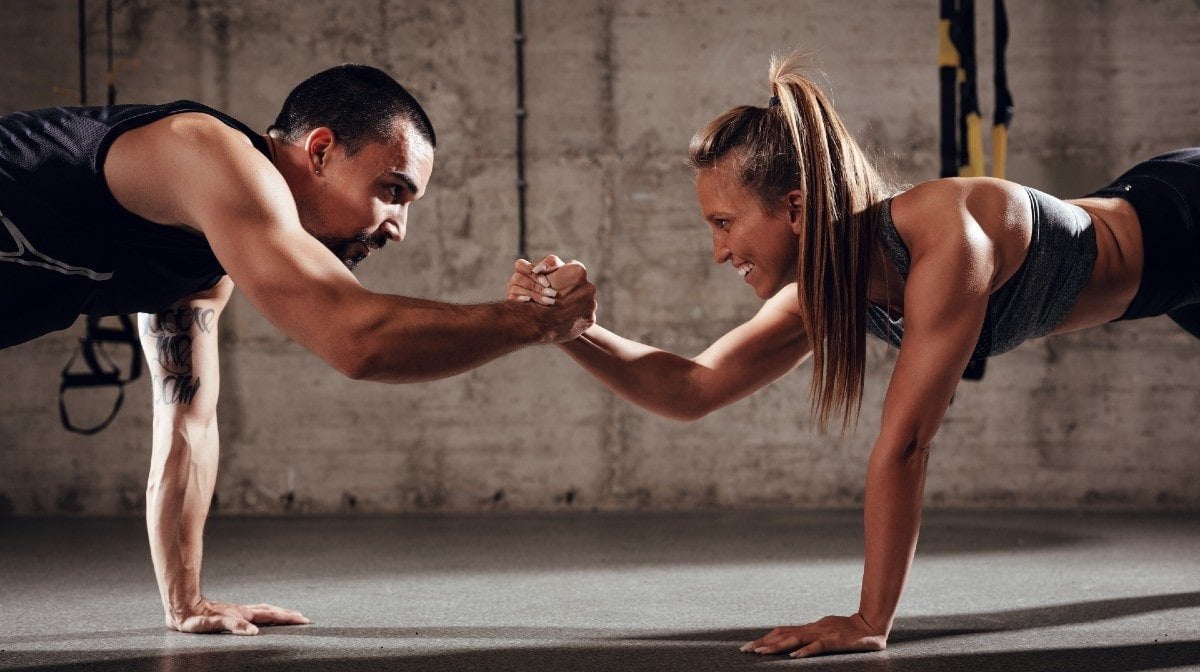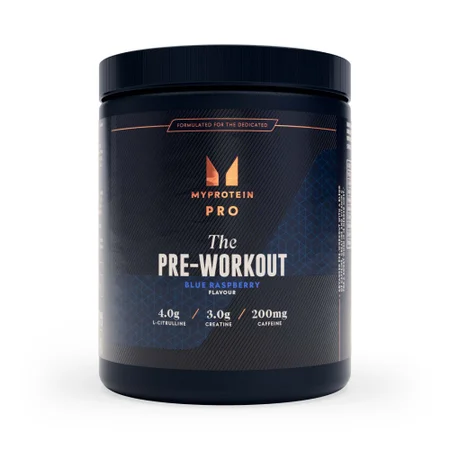The Science Behind Getting Motivated To Workout

A poll in Yorkshire found that out of the people who have gained weight over lockdown, 37% pointed to lack of motivation as a major reason for them not exercising.
But now that gyms are open again, our motivation should be sky high right? Well, for a lot of us that’s just not the case. Maybe you’ve fallen out of fitness entirely over the course of 3 lockdowns, and so getting back into a gym routine seems impossible. Or maybe you’re only just getting into fitness, but you struggle to get the motivation to put your kit on. If any of that sounds familiar, we’re here to help, with science.
We’ve had a look at the science behind motivation, to help you harness it as best you can. So let’s take a look.

Put on your workout gear
We’ve gotten so used to working out in our pyjamas over the last few months that putting on a full gym kit seems a bit intimidating. But it might be the key to your success.
People did better in attention-based tests dressed in a doctor’s coat compared to a painter’s, suggesting your clothes
This could be powerful for knowing how to get the motivation to work out — and it also makes sense. We all feel less active in a dressing gown and more professional in a suit, so why would we not be more motivated in fitness gear? You put on some yoga pants or a tank top and it makes you
Sack the pyjama workouts, stock your workout wardrobe with proper comfortable fitness gear.
After the clothes though, are there any other accessories we need?
Try some fitness apps
In 2018 there were 320,000 health and fitness apps in app stores and a combined 75+ unique monthly users.
People love using fitness apps and with good reason. They can be a great way of tracking your progress while also providing a solid routine.
In one study, strength went up by 3.2% among fitness apps users. Workout frequency went up 3.8%.2
Using apps may not be the best route long-term though. It’s good for staying connected to your goals, setting a routine, and reminding yourself to workout. However almost 49% of people stopped using the app during the study — suggesting, long term, apps can still leave a lot of people with little motivation after a while.
Still, fitness apps are a great way to kick-start your workout routine. The great thing about fitness apps is that they turn your workout into a game: they give the anticipation and satisfaction of being rewarded, which is also a great way to get motivated.
There are plenty of apps out there to inspire new workouts too — as well as a whole host of workout videos you can follow along with on YouTube. You can check out Myprotein’s app or YouTube for some inspo.
Treat yourself and use rewards
We reward dogs for correct behaviour but when it comes to ourselves, rewards are less frequent.
A study in
They found rewarding yourself
So right after you leave the gym, make yourself a tasty shake, or have a biscuit, or some relaxing downtime. Connect these rewards closely to your workouts and you’ll find yourself looking forward to them too.
What if rewarding yourself doesn’t do the trick though?
Use fear as motivation
If there’s one thing that motivates someone more than getting a cookie, it’s not getting a cookie. However, possibly the greatest motivator of all is having a cookie and fearing it’ll be taken away.
Using a little fear (in a healthy way) can be a great way to get the motivation you need to workout.
It can increase performance — rats, for example, perform better with a fear of punishment present.4 So, are you more motivated by fear than desire too?
To use this in your routines requires discipline and maybe even someone’s help, like your gym buddy. You could give them £5 every time you miss a workout, for example. The idea of losing money is a good way to get you off the couch.
Exercise outside
They say, “change what you can; accept what you can’t,” and with regular gym closures, a lot of us have had to find ways to adapt over the last year.
So what have we been changing?
In Germany, outdoor workouts increased 29% and indoor workouts decreased 35% from February to March 2020.
Even though gyms are open now, there are still loads of motivational benefits to exercising outside. It can increase feelings of wellbeing and energy, as well as make you feel more connected to the real world.5
When you feel better about the environment, you will feel better about exercising too.
So, even if you can’t change your routine, try changing the place you work out to get your motivation back. This kind of change, although small, could hugely affect it.
Take Home Message
When you’re wondering how to get the motivation to workout, remember you can still vary everything else. That could be your clothes, your app downloads, or videos, your reward system, or the environment.
They’re not only effective motivators — they’re also backed by science.
READ THIS NEXT:

11 Healthy Habits For Working From Home
Home-working habits that aren't staying in your PJs all day.

Nailing Your Return To Gym Supplement Routine
Make the most of those first sessions back.

Evangeline has taken part in competitive sports since a young age. As a qualified RYA Dinghy Instructor, she understands the importance of proper nutrition for fuelling extreme and endurance sports, especially due to her experience in Team GBR Squads and captaining and coaching her University first team.
In her spare time, Evangeline loves running – especially marathons. On the weekends, you’ll find her taking on water sports or hiking up a hill. Her favourite evenings are spent taking on a HIIT session or squats in the gym before digging into some spicy food and a ton of vegetables – yum!
Find out more about Evie's experience here.
1. Adam, H & Galinsky, A.D. (2012) Enclothed cognition. Journal of Experimental Social Psychology. Volume 48, Issue 4, 918-925
2. Maria D. Molina & S. Shyam Sundar (2020). Can Mobile Apps Motivate Fitness Tracking? A Study of Technological Affordances and Workout Behaviors, Health Communication, 35:1, 65-74
3. Woolley, K., & Fishbach, A. (2018). It’s about time: Earlier rewards increase intrinsic motivation. Journal of Personality and Social Psychology, 114(6), 877–890.
4. Miller, N. E. (1948). Studies of fear as an acquirable drive: I. Fear as motivation and fear-reduction as reinforcement in the learning of new responses. Journal of Experimental Psychology, 38(1), 89–101.
5. Thompson Coon J, Boddy K, Stein K, Whear R, Barton J, Depledge MH. (2011). Does participating in physical activity in outdoor natural environments have a greater effect on physical and mental wellbeing than physical activity indoors? A systematic review. Environ Sci Technol. 45(5), 1761‐1772.





